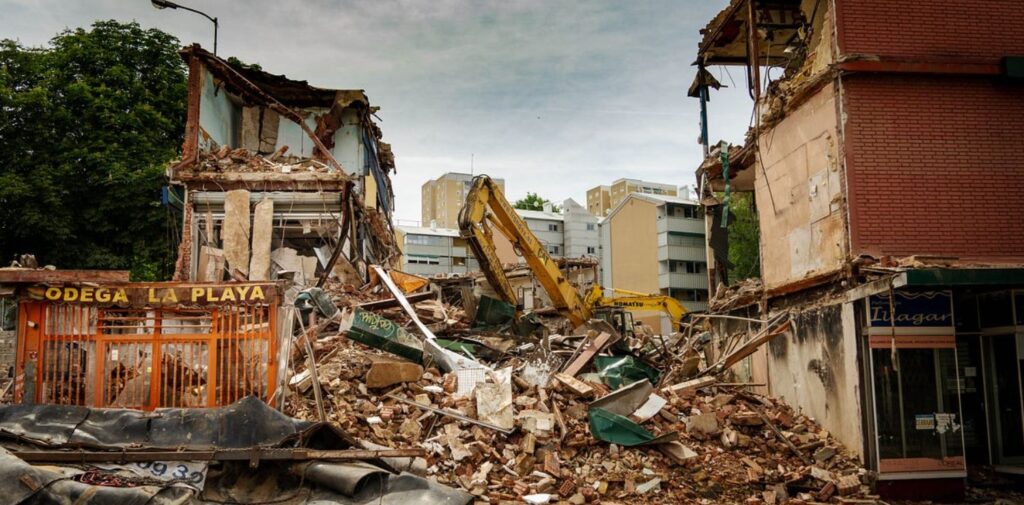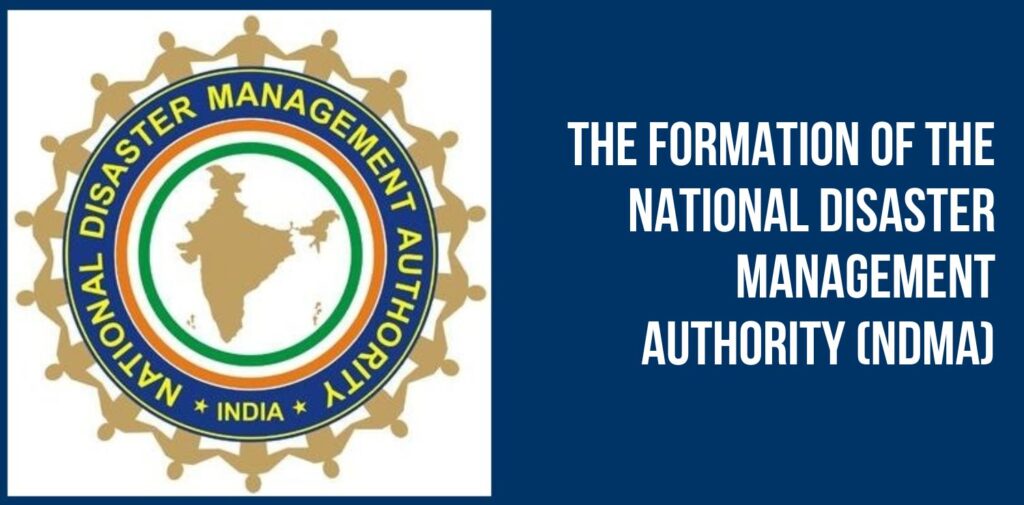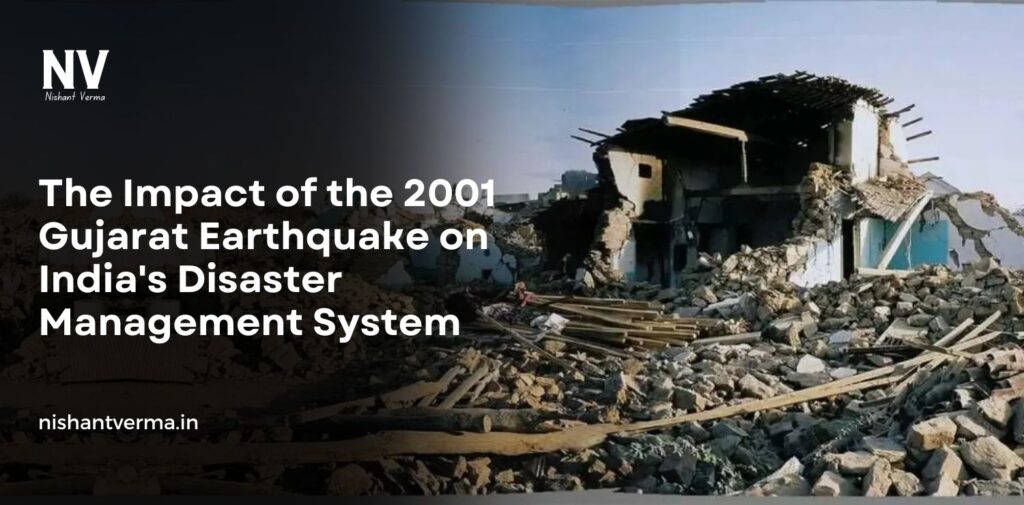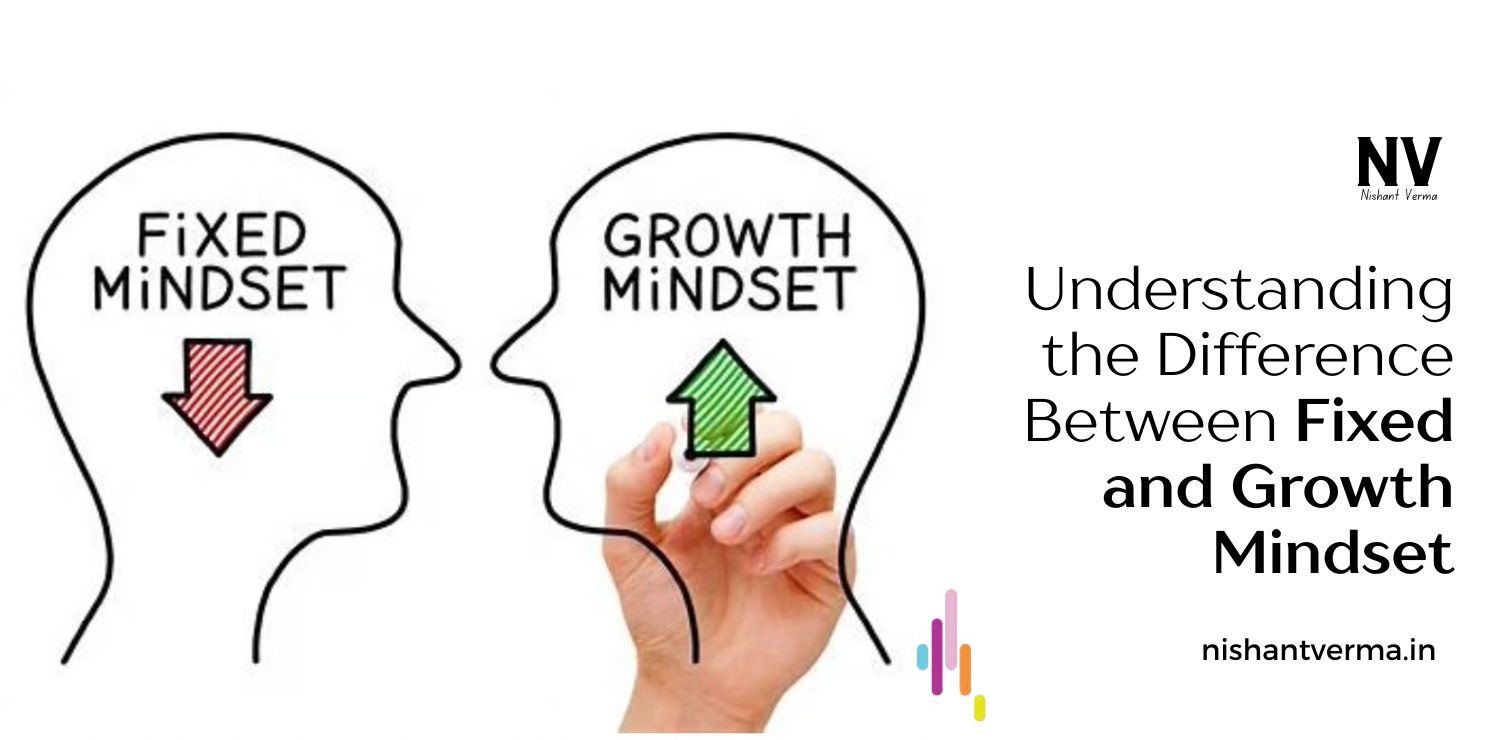On the morning of January 26, 2001, the state of Gujarat in western India experienced one of the most devastating natural disasters in the country’s history. A powerful earthquake, with a magnitude of 7.7 on the Richter scale, struck the region, causing widespread destruction and significant loss of life. The earthquake left over 20,000 people dead, injured thousands more, and caused severe damage to buildings, infrastructure, and livelihoods. This catastrophe also became a pivotal moment for India disaster management system, highlighting both the challenges and the need for better preparedness in the face of such events.
This article delves into the aftermath of the 2001 Gujarat earthquake and explores how it influenced India’s disaster management approach, bringing about vital changes to the country’s preparedness, response, and recovery systems.
1. The Destruction of the Gujarat Earthquake
The 2001 Gujarat earthquake, also known as the Bhuj earthquake, struck at 8:46 AM on January 26. The epicenter was located near the town of Bhuj, in Kutch district, and it devastated large parts of Gujarat. Buildings collapsed, roads were destroyed, and entire villages were flattened. Major cities like Ahmedabad, Rajkot, and Bhuj were heavily impacted, and the earthquake affected an area of over 100,000 square kilometers.
The destruction was massive, with approximately 600,000 houses being damaged or destroyed, along with thousands of schools, hospitals, and businesses. The human cost was staggering: more than 20,000 people lost their lives, and over 167,000 were injured. Thousands of people were left homeless, and the region’s infrastructure was crippled. The scale of the disaster shocked the nation and the world.

2. Initial Response and Challenges
When the earthquake struck, the country’s disaster management system was not as advanced or organized as it is today. India, like many other countries, did not have a robust, nationwide framework in place to manage such large-scale emergencies. The response in the initial hours was slow, and the affected regions faced multiple challenges.
One of the major difficulties was the lack of proper communication systems. Roads were damaged, railways were disrupted, and power outages further complicated the rescue and relief efforts. Local authorities, though doing their best, were overwhelmed by the scale of the disaster, and the country’s emergency response mechanisms were not as coordinated as they needed to be.
At first, the Indian military and national disaster response teams were deployed to assist with rescue and relief efforts. The government of Gujarat, along with the central government, worked hard to bring supplies, medical assistance, and temporary shelter to the affected population. However, due to the challenges mentioned above, many areas went without immediate help, and many people had to wait days before receiving aid.
3. Lessons Learned: Need for a Structured Disaster Management System
The 2001 Gujarat earthquake made it painfully clear that India needed a more organized, comprehensive disaster management system. Prior to this event, disaster management in the country was largely reactive, with little coordination between different agencies and sectors. The earthquake revealed serious gaps in preparedness, communication, and response strategies.
In the aftermath of the earthquake, several lessons were learned that would shape India’s future approach to disaster management:
- Need for Preparedness: The lack of preparedness at local, state, and national levels was evident in Gujarat. Communities were untrained, and disaster response plans were inadequate.
- Coordinated Effort: The response highlighted the need for better coordination among the central government, state governments, local authorities, and non-governmental organizations (NGOs).
- Use of Technology: The earthquake revealed the importance of using modern technology for better communication, early warning systems, and resource management.

4. The Formation of the National Disaster Management Authority (NDMA)
In response to the deficiencies exposed by the Gujarat earthquake, the Government of India took significant steps to strengthen its disaster management capabilities. One of the most important changes was the establishment of the National Disaster Management Authority (NDMA) in 2005.
The NDMA was set up to coordinate disaster management efforts across the country, develop a national disaster response plan, and create a framework for managing both natural and man-made disasters. The NDMA works with various ministries, state governments, and agencies to create policies, conduct training, and implement disaster management strategies at the national level.
The Gujarat earthquake also led to a renewed focus on disaster risk reduction, encouraging the government to not only respond to disasters but also to mitigate their impacts before they occur.
5. Strengthening Local and State-Level Disaster Response
The 2001 earthquake also highlighted the critical importance of having well-trained and well-equipped local disaster management teams. Gujarat’s initial response efforts were delayed because local authorities lacked the resources, training, and organizational structures to act quickly and efficiently.
To address this, India began focusing on building capacity at the state and local levels. The State Disaster Management Authorities (SDMAs) were established to ensure that each state had its own disaster management plan tailored to its unique needs. These authorities work closely with the central government and NDMA to ensure preparedness and a quick response in times of disaster.
Moreover, local communities began to be included in disaster preparedness programs, with training for first responders, volunteers, and community members becoming a key part of disaster management policies. This community-based approach became a crucial step in reducing the vulnerability of people living in disaster-prone areas.

6. Improved Infrastructure and Building Regulations
The aftermath of the Gujarat earthquake also resulted in improvements in building codes and infrastructure development. Many of the buildings that collapsed during the earthquake had not been constructed with disaster resilience in mind. As a result, the government introduced stricter building codes to ensure that future constructions would be better equipped to withstand earthquakes and other natural disasters.
Additionally, the earthquake led to the recognition of the importance of early warning systems, especially for earthquakes, tsunamis, and cyclones. Investments were made in technologies that could predict and warn people about impending natural disasters, allowing them to evacuate or take other precautionary measures in time.
Furthermore, disaster-resilient infrastructure began to take center stage in urban planning. Cities in earthquake-prone regions started to incorporate safety features into their construction, such as better foundation designs and stronger building materials.
Conclusion: A Transformative Moment in India Disaster Management System
The 2001 Gujarat earthquake remains a watershed moment in India’s approach to disaster management. It exposed critical weaknesses in the country’s ability to respond to large-scale disasters and highlighted the urgent need for change. In the years following the disaster, India disaster management system was completely restructured, with an emphasis on preparedness, response, recovery, and mitigation.
Today, the country is far better equipped to handle natural disasters, thanks to the lessons learned from the Gujarat earthquake. With agencies like the NDMA, improved building regulations, early warning systems, and more robust local and state-level responses, India is better prepared to mitigate the effects of future disasters. While challenges remain, the 2001 earthquake played an essential role in transforming India into a more resilient and disaster-ready nation.
The Gujarat earthquake serves as a reminder that disaster preparedness and management are critical to saving lives and minimizing the long-term impact of natural catastrophes. As the country continues to grow and develop, ensuring that disaster management systems are in place will be vital for protecting its citizens and communities.




